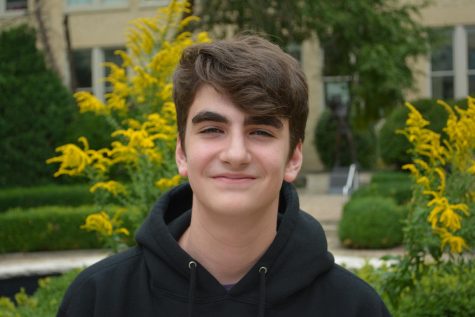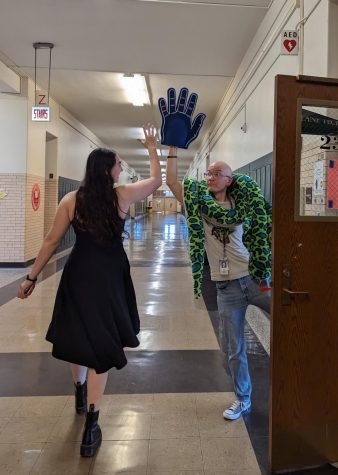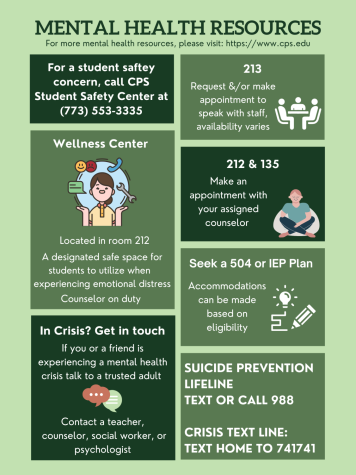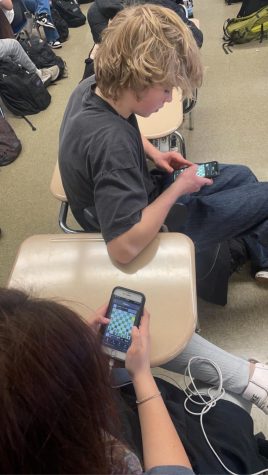Munching through a lesson: Snacking students
July 17, 2019
When the bell rings bringing fifth period to a start, less than five minutes later Simon Adams has already taken his sandwich, along with his orange and cucumbers out and is ready to eat while his English teacher reviews the vocabulary word of the day.
On any given day, Adams, Div. 071, eats in at least one morning class and one afternoon class, in addition to his fourth period lunch. Most of his teachers let him eat in class, but not all.
In addition to some teachers, Adams also experiences some backlash from fellow classmates.
“In some classes sometimes students will kind of give me a hard time about what I am eating because I eat very intricate meals,” Adams said.
During lunch, Adams uses his time for purposes other than eating.
“I eat in class because many times during lunch I will do homework because I am a big procrastinator,” Adams said.
According to the rules and regulations on Lane’s website, students are strictly prohibited from bringing food or beverages into the school building, let alone eating or drinking them. Additionally, it says all food should be consumed in the lunchroom.
However, many teachers do not enforce these restrictions on their students. Ms. Laroche, an English teacher of five classes, lets students eat in her class as long as they follow a few of her rules.
“My policy, essentially, healthy snacks only,” Laroche said. “If they are eating, it’s because they are actually hungry, and if they’re hungry, they are eating something that provides nutritional value.”
Over her more than decade long teaching career, Laroche’s policy regarding students eating in class has changed greatly.
“When I first started, I had a strict no eating in class policy but then it changed, and then I noticed the kids were just eating candy and junk food all the time so then I was like you know what, no, that’s not OK,” Laroche said.
Laroche also cited the introduction of a third period lunch into the school schedule as a reason for her being more lenient regarding students eating in her classes.
“One of my kids [in] third period who I think has sixth period lunch every day has a protein bar, so I’m fine with that,” Laroche said.
Laroche teaches many athletes and is sympathetic towards students who have to go straight to their sport’s practice with no time to eat any food.
Despite her announcement of her policy in the beginning of the year, students still occasionally try and sneak in an unhealthy snack, Laroche said.
One morning, Laroche had a student eating starburst. Upon confrontation, the student justified the snack by saying it contains fruit juice, making it a healthy snack. The excuse, ultimately, did not hold up.
In the past, Laroche has had to revoke the privilege of being allowed to eat in class due to the amount of trash that students have left.
“There have been issues where I’ve had to say, ‘OK no more eating in class because you guys can’t clean up after yourselves,’” Laroche said.
Mr. Kim, a teacher of several computer science classes, is on the complete opposite end of the spectrum.
“Students are not allowed to eat in class because food and laptops do not mix well,” Kim said.
He said he wants to ensure spills and crumbs do not find their way onto the computers, which are expensive pieces of equipment.
Adams said that outside of his science and computer science classes, most teachers let him eat.
“I have two classes, my computer science class, and physics class, where the teacher will get very angry if you eat in class,” Adams said.
Laroche found that her classes have been particularly respectful of the rule, with minor hiccups occasionally.
“This year kids have been totally respectful of the rule.”
Despite being against Lane’s rules and regulations, students can expect eating throughout the school and in some classes to be permitted.






